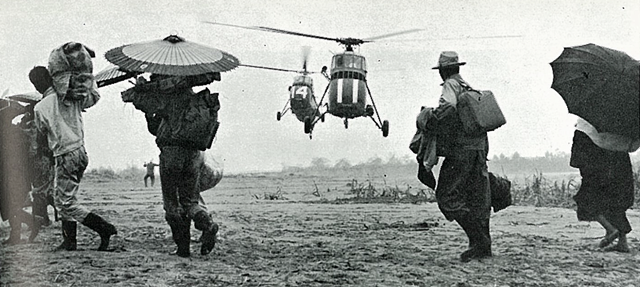

My first disaster rescue experience occurred during the six days of September 30 through October 5, 1959 in Nagoya, Japan.
At that time the Ise-wan typhoon (also known as Typhoon Vera) had just devastated the city of Nagoya, and the U.S.S. Kearsarge (CVS 33), enroute to Yokosuka, was diverted to rescue the many people who were stranded on small and scattered pockets of land. As one of several helicopter crewmen assigned to Helicopter Anti-Submarine Squadron Six (HS-6), we flew numerous rescue flights to tiny pockets of land amid a vast "sea of water," over what was once land and homes, to remove countless people to safety. Above is a picture of two of our helicopters preparing to land on one of the few pieces of land where thousands huddled in the cold awaiting rescue. The picture on the right show the total devastation associated with the typhoon and the high tide. As our large carrier was pulling into that port, we shut off our water intake because of the debris and other material floating everywhere. That and others sights and smells created lasting impressions.
From early morning until dark, we picked up people stranded on large and small plots of land. And we returned to the Kearsarge only to refuel, which was more often than usual because of the heavy loads associated with the full cabins of bewildered people, most of whom did not speak any English.
The disaster pictures on this page were taken during that rescue operation in 1959. Approximately 1.5 million people were rendered homeless, and approximately 834,000 homes were destroyed. Click on any of the smaller thumbnail pictures to view a larger image of that picture.
Women with babies were given priority, yet it was difficult to keep families together. Day after day we made numerous flights through dozens of tall pillars of thick black stench from the fires being used to prevent the spread of disease. This event stands out as one of Japan's worst disasters with more than 4,700 people reported dead.
When we returned to Nagoya on February 18, 1960, the U.S. -- Japanese relations were never higher.
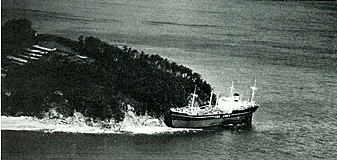
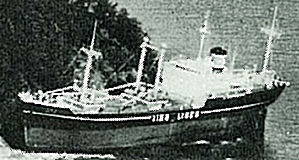

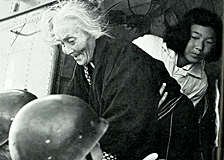
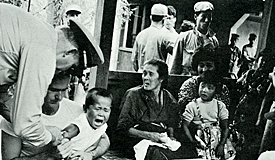
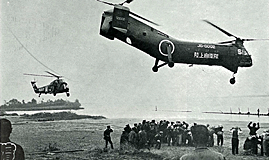
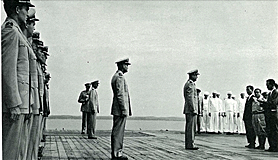
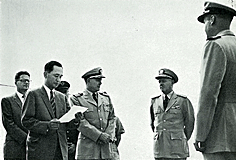
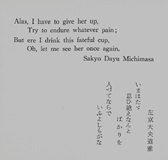 *
* 

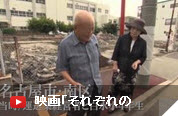
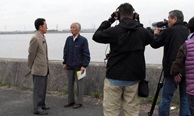
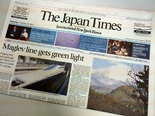

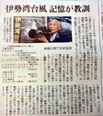
The following 20 slides summarize the documentation of Typhoon Ise-Wan from 1959 when the USS Kearsarge left Hawaii and was diverted to support the city of Nagoya until the Japanese documentary movie was produced in 2014. The early slides show me on the ship, including the ship's planned itinerary, and in a typical HS-6 helicopter. Then in 2014 I was interviewed in my home by the Nichiei Eizo LTD Company and some of my grandchildren came to watch. Then on the next day the USS Midway Museum served as an ideal backdrop for further comment and interviews. Life magazine covered the story in 1959. The final images were captured from the excellent documentary film identified above.
Related Links:
- Ise Wan Typhoon at Wikipedia.
- Nagoya Today and Map
- USS Midway Rescue
- USS Kearsarge History
- Official HS-6 insignia
* “Katsukawa, Shunsho (1726-1792) was one of the great ukiyo-e print masters and known for both strength and delicacy of his designs. Little is known of his early life. He came to Edo to study haiku poetry and painting but soon shifted his attention to ukiyo-e.” Source
Copyright © 2001, 2005, 2016. All rights reserved.
George Edw. Seymour
I would welcome contact with any HS-6 or Kearsarge personnel who served during that time or others.